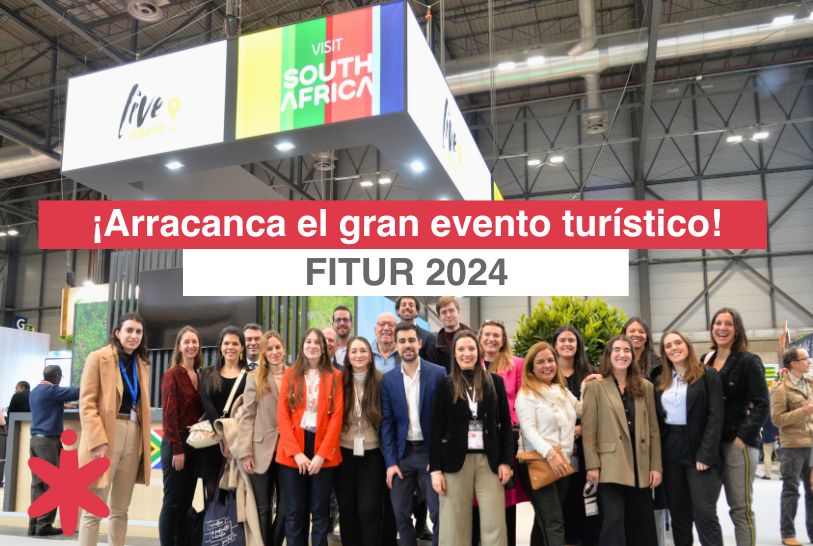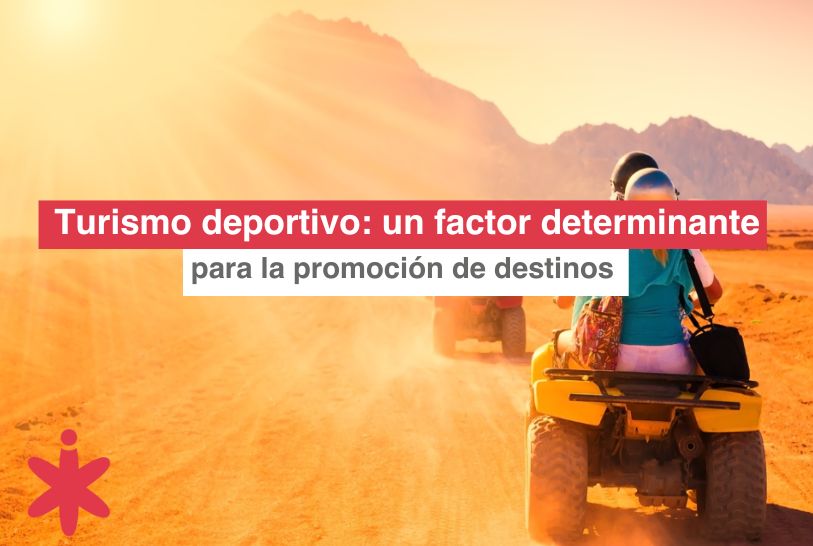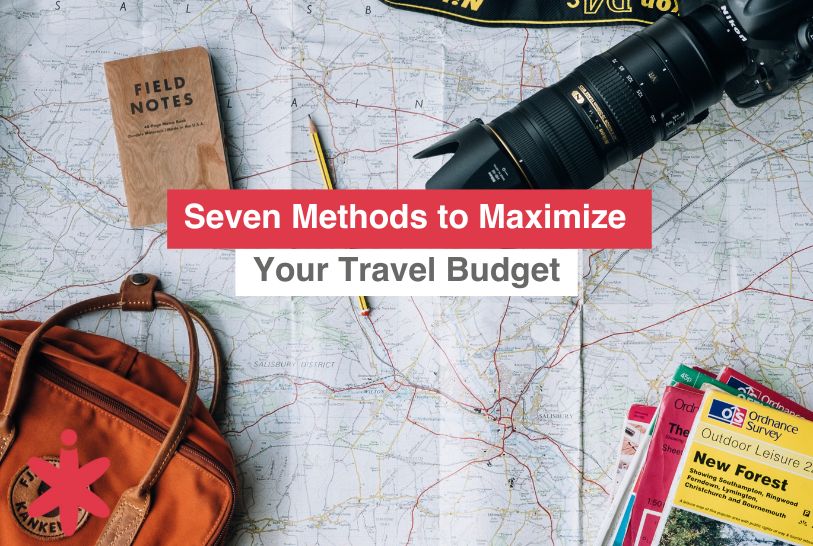Wellness Tourism: the pandemic’s gift to the market
Wellness Tourism: the pandemic’s gift to the market

Active tourism grows by 18% in the last year
17/05/2022
Spain, one of the favourite destinations for LGTIBQ+ friendly European travellers
06/06/2022Wellness Tourism: the pandemic’s gift to the market
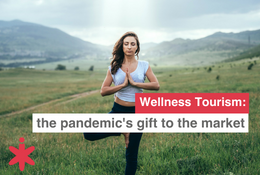
Covid-19 has had a profound impact on worldwide society in every sense, especially on traveller preferences in their destination decision-making. A further impact has been an increase in stress, spreading almost like another virus, as a result of an increased focus on news channels, social distancing and a fear of unemployment and contagion.
As a result, many travellers have factored in wellness and health-related options in their destination choice. Travellers are increasingly searching for options in which relaxing is a priority.
This trend is supported by various studies. For example, per the Global Wellness Institute’s 2021 general report, wellness tourism is growing by 7% a year, and tourists looking for these kinds of experiences are prepared to invest up to 60% more than other tourist profiles.
Travellyze, ITG’s business intelligence platform, surveying more than 9,000 travelers around Europe, reinforces the idea that wellness tourism is seeing a surge. Following the platform, more than 25% of Europeans seek health and wellness experiences on their travels, a clear indication that wellness is at the forefront of traveller plans.
The client who no longer needs to be rich
Growth has brought with it great supply diversity, with the options on offer increasingly geared to the personal preferences of the tourist. Meditation, yoga, spa, massages, sensory experiences… there are a wide variety of options for all tastes and preferences.
The wellness tourist has a very specific profile which, thanks to data extracted from Travellyze, can be defined and interpreted in order to develop strategies to attract them. According to the platform, wellness is no longer solely for the well-off. 28% of travellers that look for these services on their holidays earn between €18,000-36,000 a year, and 36% have a yearly travel budget of less than €3,000. Of these, 15% say they will spend more than in previous years in 2022.
Regarding channels of inspiration, the European wellness tourist uses search engines such as Google or Bing (42%), travel company websites (e.g. airlines, hotels, etc) (35%) as well as online reviews sites such as TripAdvisor (33%).
For this type of tourist travel agency recommendations are of great importance (30%), showing that agencies must pay special attention to their offer, adapting it to the tourist that seeks health and wellness experiences.
The primary social media channels that influence the wellness traveller are Instagram (31%), Facebook (27%) and YouTube (25%). There has also been a 31% increase from last year regarding the impact of influencers or celebrities as a means of online inspiration.
40% of travellers that seek wellness experiences tend to stay in 3 or 4* hotels, or their holiday homes (31.4%). However, demand for hotels with spa services has increased by 72% over the past year.
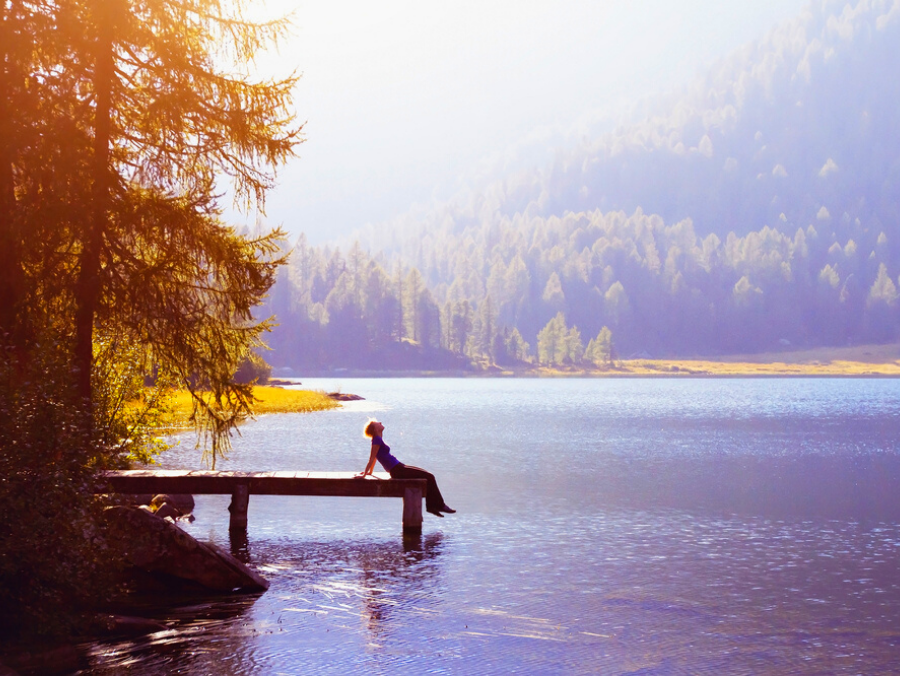
A window of opportunity
The clear growth of wellness tourism is a great opportunity for markets that look to welcome a type of tourist between 35 and 54 years of age with an average yearly travel budget of over €1,000. The countries that can see this trend and have the ambition to take advantage of it, can be greatly rewarded for their efforts.
Therefore, and according to Travellyze’s wellness traveller profile data, markets that want to attract wellness tourists must work to increase their presence in the channels of influence for this type of traveller. This can be done by, for example, carrying out marketing and promotional activities on social networks such as Instagram, or encouraging the appearance of the destination in relation to wellness in general and lifestyle headlines.
Asian destinations have been exploiting this type of tourism for years, with their mystical traditions acting as a great source of attraction for visitors from all over the world. Regardless, infrastructure is vital for some activities to be carried out comfortably, and there are countries in Asia that are hampered by this reality.
Spain is one of the most powerful markets in Europe in this regard. It is second only to Italy in terms of perception, and ahead of Portugal and Germany. Its climate, Mediterranean cuisine and natural landscapes make Spain an attractive country for wellness tourists.
The Spanish market must take advantage of these strengths in order to attract this type of traveller. It is currently very well positioned, and this starting point could make it easier for it to become the main international wellness benchmark in the future.
David Fernández
PR Team


 All the news
All the news  Back to newsroom
Back to newsroom